IAEA chief Grossi announces trip to Tehran as Trump returns to White House
By Richard Medhurst
UN nuclear watchdog chief Rafael Grossi has announced a plan to visit Iran in the coming days. The much-anticipated announcement came hours before Donald Trump was declared the winner of the US presidential election on Wednesday.
With the Joint Comprehensive Plan of Action (JCPOA), also known as the Iran nuclear deal, still on the agenda, how does the re-election of Trump stand to affect things? That’s the key question.
The primary source of friction between Vienna and Tehran continues to be the partial collapse of the landmark deal sealed in 2015 between Iran and the world powers.
As both sides try to keep the agreement afloat, Trump, who unilaterally pulled the US out of the accord in the first place, has just returned to the White House after defeating Kamala Harris.
That unilateral withdrawal was accompanied by unprecedented sanctions (illegal under international law), under the so-called “maximum pressure” campaign – one that Trump’s successor Joe Biden continued with full intensity.
Despite Washington’s deceitful behavior, Iran continued to abide by the agreement in full for over a year between 2018 and 2019, as a demonstration of goodwill and to provide the US with a ramp.
Instead, Israel and the US responded with escalation, assassinating General Qassem Soleimani in January 2020, and top Iranian nuclear scientist Mohsen Fakhrizadeh in November of the same year.
A month later, in December 2020, Iran’s parliament passed a law expanding the country’s uranium enrichment program to 20 percent. Iran would later reach 60 percent enrichment in June 2021, in another attempt to force the US into re-entering the agreement.
While this sits well above the limit of 3.67 percent stipulated in the nuclear deal, Iran was no longer bound by that restriction after the US left the agreement, citing Articles 26, 36 and 37 of the JCPOA.
So where does that leave the International Atomic Energy Agency (IAEA), which is tasked with monitoring and verification of the nuclear deal? In the interim, Tehran and Vienna have continued cooperation, with Grossi regularly visiting the Iranian capital to try and keep the JCPOA on life support.
Speaking to Press TV's correspondent in Vienna, Mohammad Eslami, the head of the Atomic Energy Organization of Iran, says that, unlike the US and the EU, Iran fulfilled its obligations under the JCPOA. pic.twitter.com/kIDRmgH0Nr
— Press TV 🔻 (@PressTV) September 16, 2024
A “black box” agreement was reached in early 2021 under which Iran would allow the IAEA to continue video surveillance of its nuclear facilities, but would only hand over the footage on condition the US returned to the JCPOA, and lifted sanctions imposed on Iran.
A certain number of cameras installed at Iranian nuclear sites were removed when things failed to progress, and conversely, re-installed during more seemingly fruitful periods. That agreement has continued to hold with relative success.
Subsequent attempts to renegotiate the deal under the Biden administration were looking hopeful in late 2021 and early 2022. A final draft was in the works, only to fall flat when the Ukraine war exploded in February 2022.
This saw a dramatic reshuffling of the world order and geopolitical alliances. US/EU sanctions against Russia ended up failing and had the opposite exact of turbocharging the transition to a multipolar world order, to the benefit of both Russia and Iran.
The ties between Tehran and Moscow strengthened, and they were able to offset some of the damage inflicted by US sanctions by joining international economic powerhouses like the Shanghai Cooperation Organization (SCO) in July 2023, the BRICS+ alliance in August 2023, and forging strategic partnerships with China and Russia in March 2021 and September 2024, respectively.
While US sanctions are illegal under international law, and most Iranians would like to see them lifted, Iran, like much of the Global South, is branching out Eastward.
The “maximum pressure” campaign appears to have resulted in another self-defeating Western policy, not just economically, but also in terms of containing Iran’s nuclear and military capabilities.
'US must lift all sanctions before Iran returns to #JCPOA commitments'.@khamenei_ir pic.twitter.com/JVhaejbWuQ
— Press TV 🔻 (@PressTV) March 22, 2021
In the years after the nuclear deal was signed, IAEA inspectors were allowed unprecedented access to many of Iran’s nuclear sites, where they installed monitoring equipment, tamper-proof seals, and video surveillance cameras.
In all its reports submitted between January 2016 and 2019, the IAEA said Iran was in full compliance with the nuclear deal. Iran’s uranium enrichment was tracked and capped at 3.67 percent, common in civilian applications. The technological jump required to go from 3.67 percent to 20 or 60 percent is enormous compared to the tiny jump thereafter to 90 percent (or weapons-grade uranium).
Iran is already there in technological terms as a direct result of Washington and Tel Aviv’s policies. Building the bomb remains, however, a hotly debated issue within Iran; and there is a religious decree or fatwa issued by Leader of the Islamic Revolution Ayatollah Seyyed Ali Khamenei which prohibits the building or use of nuclear bombs.
In recent months, however, lawmakers in Iran have spoken more openly about pursuing the bomb and recently sought to petition a reversal of the fatwa. This development also comes as Iran has publicly stated a shift in its strategic posture.
Kamal Kharrazi, Iran’s former foreign minister, and current head of the Strategic Council on Foreign Relations, said in a recent interview: “We now have the necessary capability to produce [nuclear] weapons, and the only obstacle is the Leader’s fatwa that prohibits the production of nuclear weapons.”
It was never about the nukes. Trump’s withdrawal from the nuclear deal, at the behest of Israel, had more to do with trying to cripple Iran’s regional alliances and missile program, than anything to do with preventing the acquisition of an actual nuclear weapon.
Ironically, he failed to do either. His own White House press release said the JCPOA “failed to deal with the threat of Iran’s missile program”.
IAEA chief says had ‘substantive’ talk with Iran’s rights chief ahead of trip to Tehranhttps://t.co/0gm24DuNQB
— Press TV 🔻 (@PressTV) October 31, 2024
But why would the JCPOA deal with Iran’s missile program? Missiles are not under the purview of the IAEA, the Nuclear-Non-Proliferation Treaty (NNPT), the Additional Protocol (AP), or the JCPOA.
Missiles are only relevant to nuclear weapons as a delivery mechanism—one of many— and nothing more. And that’s not what the United States was talking about. When they said missiles they meant all missiles, both conventional and nuclear.
From Iran’s perspective, the US and Israel seek to disarm it entirely and leave it defenseless. These things are more relevant than ever in the context of the genocide in Gaza, and Operation True Promise I and II, which have seen Iran readjust its geopolitical and strategic posture.
According to Foreign Policy magazine, during True Promise II “several Iranian missiles managed to hit key airfields in Israel. This highlights the centrality of missile power in Iran’s national security strategy, reinforcing that its missile capabilities will likely remain nonnegotiable in future talks with the West.”
Rather than cripple Iran, it would appear Trump’s gamble ultimately backfired, resulting in Iran’s capacity to build a potential nuclear weapon, should it so choose, increasing its missile and drone technology improving; and the deepening of economic relations between Tehran, Moscow, and Beijing.
Questions remain about who Trump will place in his administration, after his last cabinet was filled with neoconservative war hawks like John Bolton, Elliott Abrams, Nikki Hailey, and Mike Pompeo, to name only a few.
Trump takes office in January 2025. The JCPOA expires 10 months later in October 2025. The final obstacle that Grossi faces won’t just be Trump’s willingness to get back to the agreement if it exists at all—but time itself.
Richard Medhurst is an independent journalist from the United Kingdom whose work focuses on US politics, international relations and the West Asia region.
(The views expressed in this article do not necessarily reflect those of Press TV)
Iran urges IAEA Governors Board to oppose E3’s anti-Iran resolution
Nov. 20: ‘Axis of Resistance’ operations against Israeli occupation
VIDEO | Iran celebrates National Hero Day, honoring Martyr Qassem Soleimani
VIDEO | Ethiopia-Somalia tensions worsen following port deal signed between Addis Ababa, Somaliland leaders
VIDEO | Iran commemorates martyrs on National Heroes Day
VIDEO | Press TV's news headlines
VIDEO | Iran-IAEA relations
Senior diplomat vows Iran will serve ‘decisive, immediate’ response to potential IAEA resolution


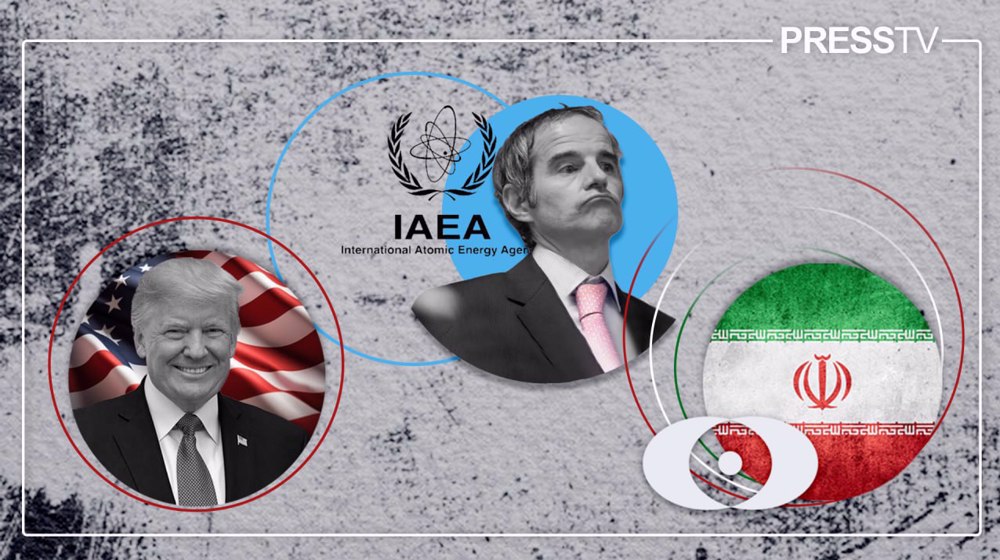
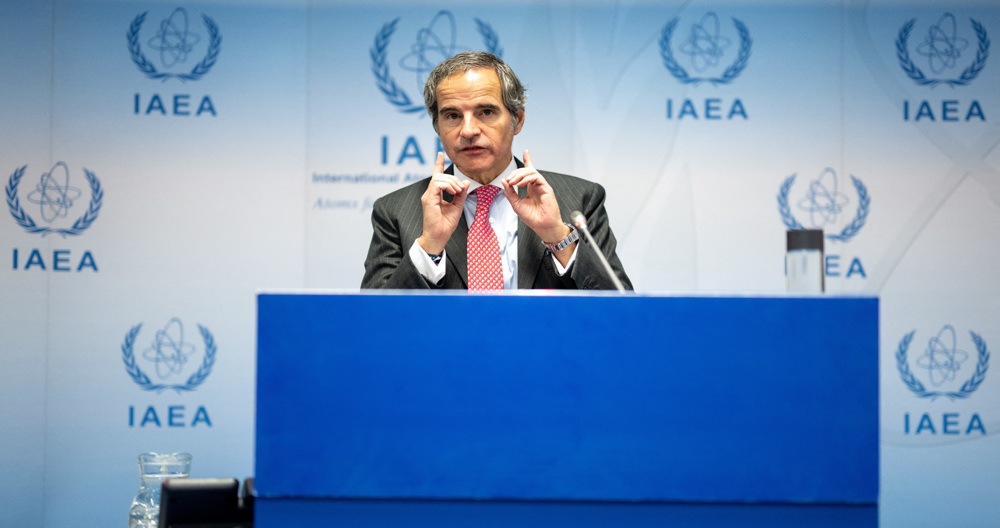





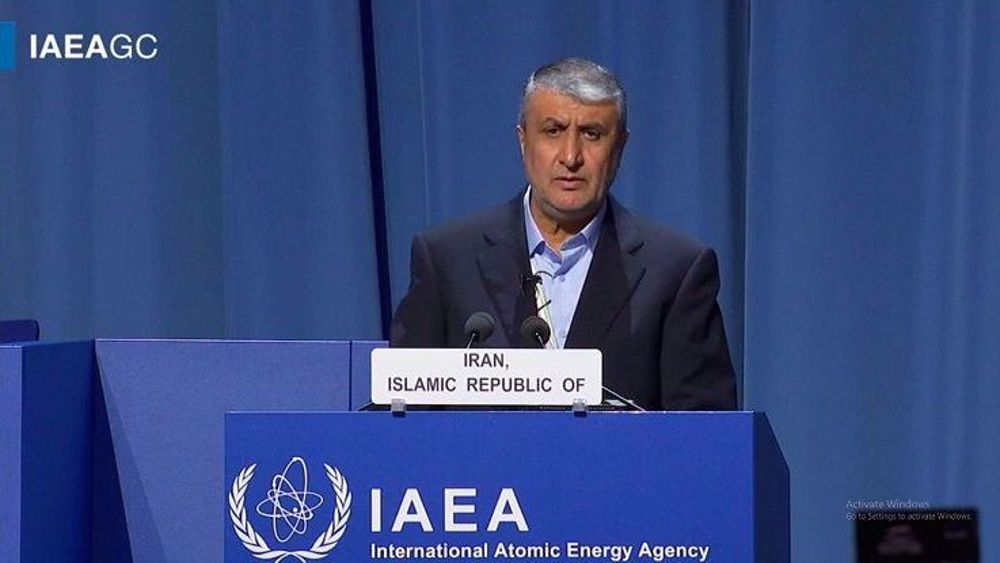
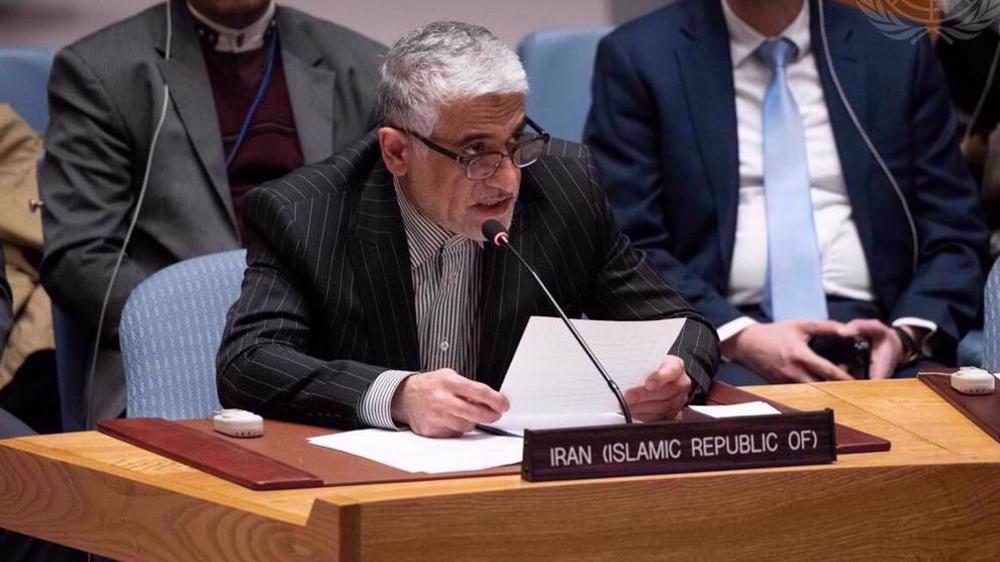
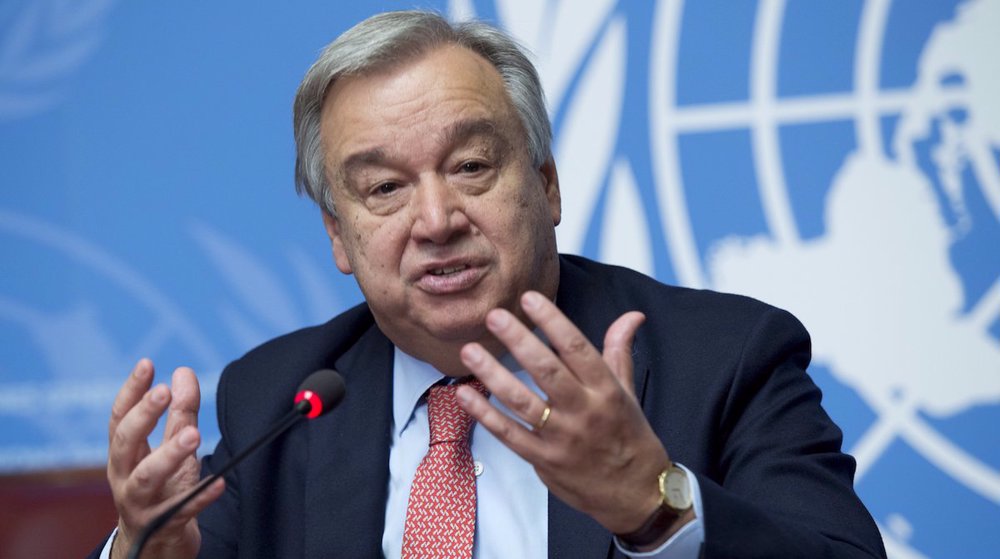
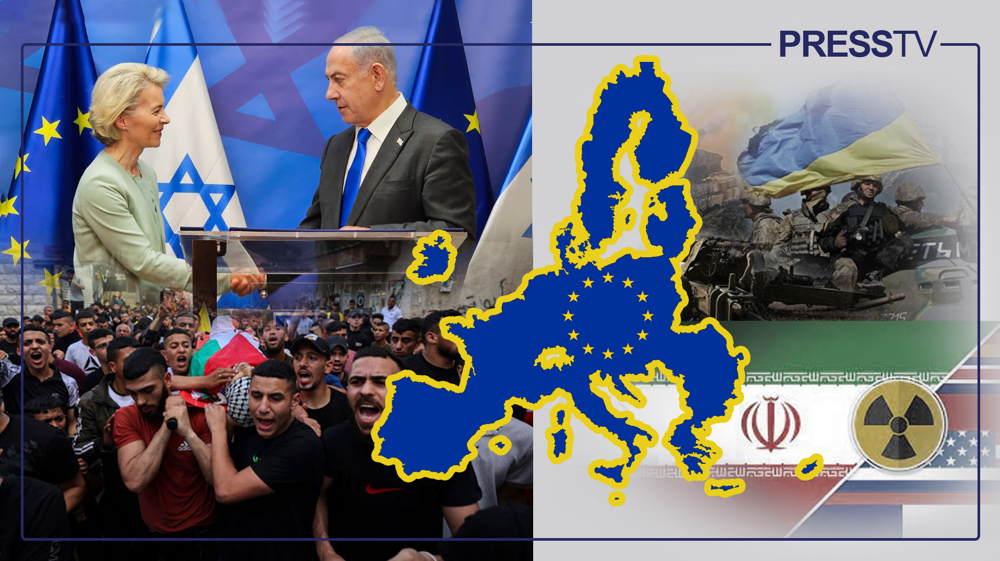
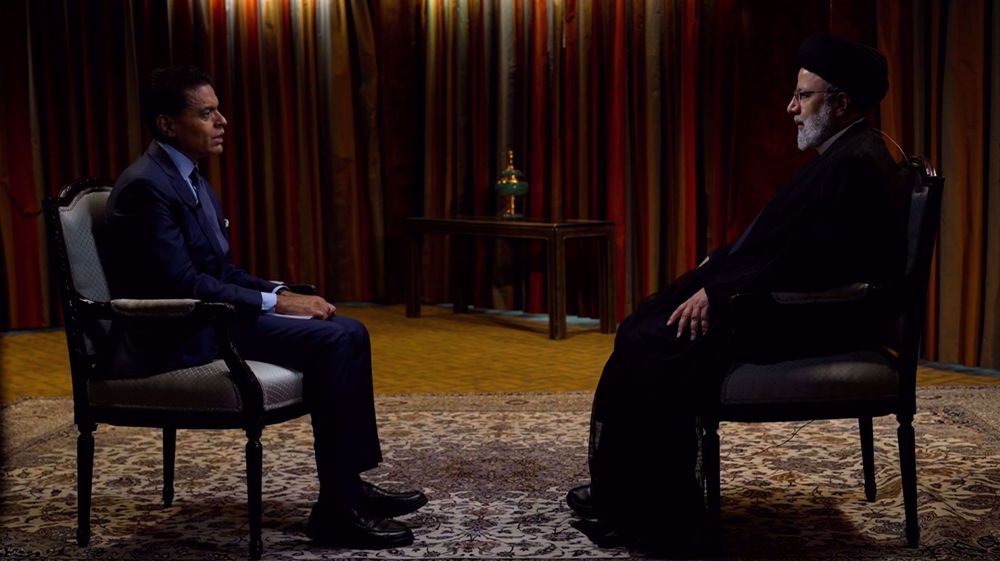

 This makes it easy to access the Press TV website
This makes it easy to access the Press TV website